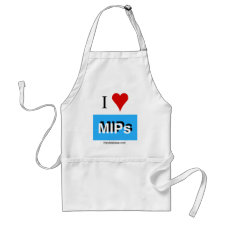
Authors: Oliveira D, Dias RCS, Costa MRPF
Article Title: Modeling RAFT Gelation and Grafting of Polymer Brushes for the Production of Molecularly Imprinted Functional Particles.
Publication date: 2016
Journal: Macromolecular Symposia
Volume: 370
Issue: (1)
Page numbers: 52-65.
DOI: 10.1002/masy.201600078
Abstract: RAFT precipitation polymerization was here used for the molecular imprinting of 5-fluorouracil (a drug used in cancer treatment) followed by grafting of polymer functional brushes in the particles surface. Materials combining high molecular recognition capabilities and stimulation triggered by changes in the surrounding environment (e.g. pH/temperature) have thus been sought. Mathematical modeling of the RAFT copolymerization of vinyl/divinyl monomers was used to describe the crosslinking process involved in the molecular imprinting step. The size of the grafted polymer functional brushes was estimated using models for the calculation of molecular weight distribution in RAFT homopolymerization. One of the goals of this study consists in the development of polymer reaction engineering tools for the design of synthesis conditions leading to tailored molecularly imprinted particles with responsive features. A first sketch of the two steps involved in the production of the MIP responsive particles is here presented. However, the need for new kinetic studies accounting for specificities of the molecular imprinting and surface extension processes (e.g. presence of template during molecular imprinting and solvent effects) is here identified. Measurements of the dynamics of gelation and brushes growth are also needed to perform model validation. Improvement on the modeling of RAFT gelation with heterogeneous conditions avoiding some simplifications and the amelioration of the numerical efficiency in the calculation of the MWD of RAFT polymers are other issues to be addressed in future works
Template and target information: 5-fluorouracil
Author keywords: Functional brushes, grafting, modeling, molecular imprinting, RAFT polymerization



Join the Society for Molecular Imprinting

New items RSS feed
Sign-up for e-mail updates:
Choose between receiving an occasional newsletter or more frequent e-mail alerts.
Click here to go to the sign-up page.
Is your name elemental or peptidic? Enter your name and find out by clicking either of the buttons below!
Other products you may like:
 MIPdatabase
MIPdatabase









